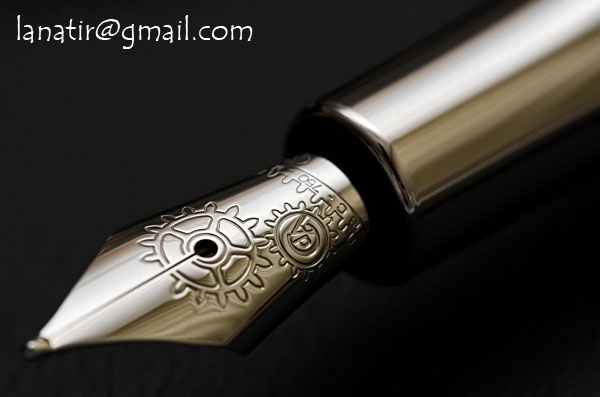 Usually, articles are laid out in order of importance, for example, crime stories are often at the front as they may affect more people and they need to be known about, whereas school stories are often more towards the middle/back as less people are likely to care about them. This is also the same within the article, more important information is toward the start of the story and the less important pieces of information towards the end. This is often known as the inverted pyramid, a metaphor often used by journalists/writers. Other ways of writing articles are also used, including the anecdotal lead and the question & answer.
Usually, articles are laid out in order of importance, for example, crime stories are often at the front as they may affect more people and they need to be known about, whereas school stories are often more towards the middle/back as less people are likely to care about them. This is also the same within the article, more important information is toward the start of the story and the less important pieces of information towards the end. This is often known as the inverted pyramid, a metaphor often used by journalists/writers. Other ways of writing articles are also used, including the anecdotal lead and the question & answer.The headline is designed to be eye catching (in formatting) and summarise the story in a few words, for example 'Crazed Killer Caught.' It normally is in present tense and leaves a few words out so that it is not a complete sentence. In more lighthearted pieces, a pun is often used to intrigue and amuse the reader.
 The byline is the name and sometimes the title of the reporter. In most publications, the byline is awarded only if the reporter has done a substantial amount of the preparation. The byline either comes at the start or the end of the article, this is usually determined by the layout. If in another country, then the byline will also include the reporters location.
The byline is the name and sometimes the title of the reporter. In most publications, the byline is awarded only if the reporter has done a substantial amount of the preparation. The byline either comes at the start or the end of the article, this is usually determined by the layout. If in another country, then the byline will also include the reporters location.The lead paragraph provides another summary of the article so the reader can decide whether they want to read it, or if they do not have enough time to read the entire thing. It will usually attempt to answer 5 key questions; Who, What, When, Where, Why and How? Usually, lead paragraphs are written in bold or have a larger letter on the first word.
Body of the article is basically, the rest of the article. This is normally presented in short paragraphs. Even here, more vital information will come first, it is assumed that many readers will abandon the piece before they finish reading it. Direct and indirect quotations are often used so the reader can hear the 'voice of the witness', this is because people are more likely to enjoy the article if they can identify with one of the personas. Sometimes an article may just be an entire interview with somebody, usually they are successful or famous.
The tail of the article is often included toward the end of an article to add extra, general information.
Additions are often used to provide context/background for the readers to understand the story more fully. This can be shown in a pull, which is information given in a box or frame, often formatted differently from the rest of the article. Despite being useful, these are more commonly used in magazines. In contrast to this, however, with the availability of modern technology, newspapers are beginning to use more features of magazines.
No comments:
Post a Comment